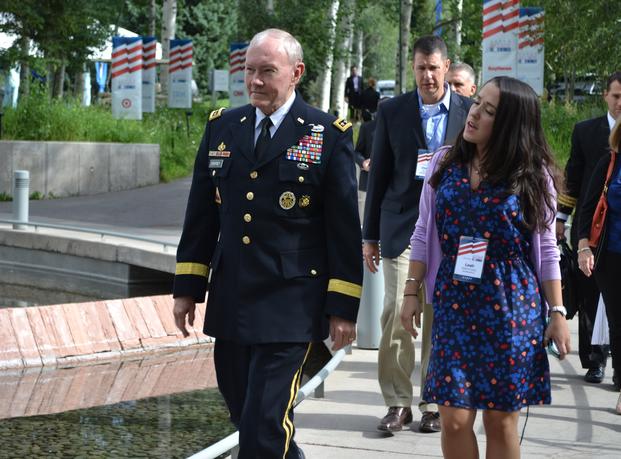
A new court filing Tuesday shed some light on an unusual wrinkle in the U.S. government’s fight with Harvard University.
Harvard previously claimed the U.S. Department of Defense had terminated a $3.4 million grant for important research into biological threats, despite pleas from an official to maintain the grant for national security purposes — but then asked for work to continue and paid the grant anyway[1].
A Defense Department official issued a court statement this week saying the grant — supporting research for the “AMPHORA” program[2], which stands for Assured Microbial Preservation in Harsh or Remote Areas — wasn’t canceled after all. That’s even though it was included in a list of terminated Harvard grants released in May.
Efstathia Fragogiannis is director of the contracts management office with the Defense Advanced Research Projects Agency ( DARPA) in the Department of Defense.
Fragogiannis wrote that in the days following a May 12 letter to Harvard announcing the cancellation of that grant and many others, DARPA officials sought and received an exemption for the grant for reasons of national security.
“On May 21, 2025, May 22, 2025, and June 27, 2025, DARPA informed Harvard via email that the agreement remains active and that it should continue to perform work on the AMPHORA project,” Fragogiannis wrote. “As such, Harvard has continued to perform work pursuant to that agreement, for which DARPA has paid, including the July 8, 2025, payment for work performed from May 1 to 31.”
Harvard had claimed the request for continued work and the payment it received were evidence that “reinforces” its court argument that “the government’s categorical terminations of research funding were arbitrary and capricious.”
Harvard had said in a court filing they inquired with the federal government[3] about whether the AMPHORA grant is in fact still active, but they haven’t received a response.
In a filing released Tuesday, the government argued that “Harvard’s grants were ultimately terminated because of Harvard’s categorical refusal to respond to the Government’s concerns” over antisemitism.
A Harvard University spokesperson did not immediately respond to a request for comment.
The court filings come as part of an ongoing lawsuit[4] in which Harvard disputes cancellation of billions of dollars of funding by the U.S. government.
It’s one of two lawsuits the university has against the Trump administration, the other relating to its ability to accept foreign students[5].
©2025 Advance Local Media LLC. Visit masslive.com[6]. Distributed by Tribune Content Agency, LLC.[7]
© Copyright 2025 MassLive.com. All rights reserved. This material may not be published, broadcast, rewritten or redistributed.
Read more https://www.military.com/daily-news/2025/07/15/did-dod-cancel-grant-harvard-then-pay-it-anyway.html


